Campaigns Are Stories That You Tell Over Time
If you’ve lived through a campaign, the messaging around it probably looked something like this:
A big splashy campaign launch that rolls out the language and priorities.
The messaging stays the same over the course of years.
The campaign ends, potentially as an afterthought without much messaging around it.
The long-term result of a sequence like this, however, is that most of the donors who constitute your base fail to see the impact of their giving, the value of the campaign, or even the benefits of campaigns in general.
The best campaign communications take your supporters on a journey starting with what they can achieve, following up about how they are achieving said goals, and finally celebrating everything they accomplished together.
Consider this post a crash course on how to build a satisfying narrative arc for your fundraising campaigns with the three key phases outlined below:
Leadership Phase/The Beginning
As an organic extension of your strategic planning process, the leadership phase is your opportunity to secure foundational support from key donors that will guarantee the campaign’s success.
The language during this phase—which should circulate only among key supporters—should be both visionary and collaborative. It should provide a clear direction for the organization’s future and make space for donor input.
Storytelling should be largely speculative and future-oriented.
Public Phase/The Middle
The most dynamic period for messaging during any campaign is the public phase. Here, you roll out solidified funding goals for your organization.Pitched primarily to your fundraising base, the stories that you tell should bring your funding priorities to life and give real-world examples of how donor support is already making a difference and advancing the campaign.
Donors should understand what their support is doing or will do in the future, strengthening your organization’s culture of philanthropy in the process.
Close and Post-Close Phases/The End
Beginning well before the campaign end date, this phase transitions to messaging that reflects on the achievements of the campaign and celebrates the impact that your supporters created.
This phase also extends beyond the actual close by reflecting—even years later—on the long-term outcomes of the campaign. This final step is necessary so that your donors remember what they achieved through their past giving and are more likely to contribute or increase their giving in the next campaign.
